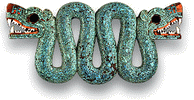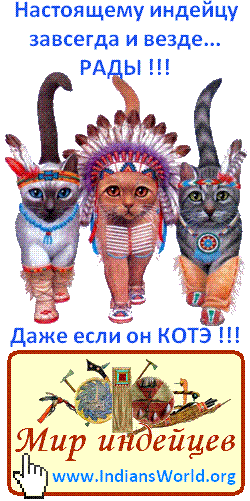The Navajos
Category: HistoryThe Navajos, the biggest tribe of Indians in America, occupy a reservation that is roughly a hundred miles square. It is a sparse, dry land. Most of it is in Arizona, but it extends into Utah and New Mexico. The Navajos are a pastoral people, constantly moving with their sheep and cattle and horses. They do little farming; they have no towns, or even permanent homes. Wherever _ they go they build new houses, or hogans, which are round, one-room huts made of logs and brush and chinked with mud.
The Navajos still stick to the beliefs and customs of old. When a Navajo dies in his house, it is never used again. The family smashes in the back of the house, and there it stands, sacred and taboo, till it falls down. Sometimes white men tear down the ruins and use the logs for firewood. The Indians don’t object but they won’t go into a house heated by that wood. You can build yourself a camp-fire with some logs from a deserted hogan and boil some coffee. The Indians will sit at a distance and watch you, and there will be no hard feelings. But they won’t think of getting close enough to absorb any of the heat from that fire, and they won’t drink a cup of the coffee boiled over it.
In population, the Navajo is not vanishing. But in an age of spaceflight and moonwalks, he’s vanished from the concern of most Americans. Poverty among the Navajos is the rule. It exists in every hogan scattered throughout this park of shattered red rock columns and high buttes that re- semble broken teeth. And the fall-out from the reservationwide poverty, which many tourists who spraypaint their initials on the park rocks don’t see, is high infant mortality, drunkenness, malnutrition, pneumonia, filth and, with some Navajos, a sense of despair.
The combination of all of these has bred a bitterness against the white man. A Navajo ranger in Monument Valley, says the white man earned the bitterness.“During every election,’’ he said, “the politicians come to the reservation and promise everything. But it never comes’’.
The Navajos run large flocks of sheep, and one is constantly startled by the fatness ef the sheep and the butterball condition of the horses. The Navajos are overrun with horses; in fact, people say that a Navajo measures his wealth by the number of horses he has, even though he doesn’t have use for more than a couple. But still the Navajos are poor. They don’t even have enough to eat, and they are susceptible to tuberculosis because of undernourishment.
They need a more extensive market for the things they have to sell. The rest of America doesn’t know anything about Navajo horses. Nor does it know anything about Navajo rugs. The South-West is fully conscious of their beauty, and you seldom go into awhite house there without finding it filled with Navajorugs. All Navajorugs are made by the women, from the wool of the sheep the Navajos raise, and they could make a lot more of them than they do. And it is absolutely against the gods for a woman ever to make two rugs alike. But Navajo rugs have no real market.


